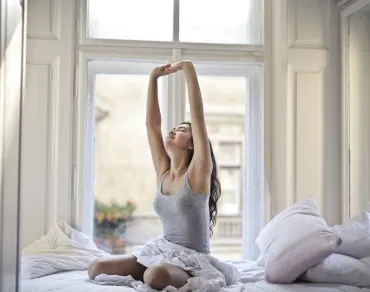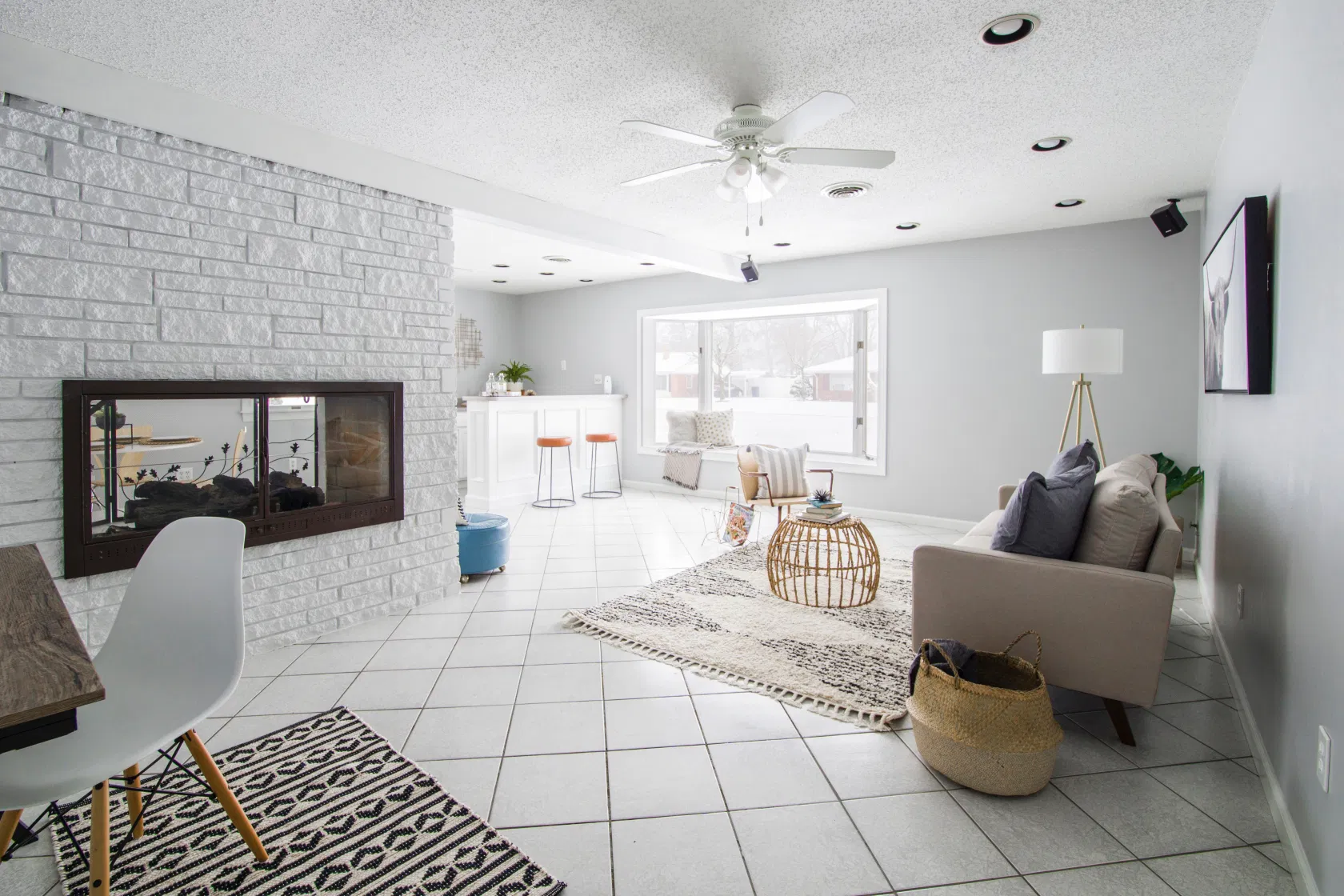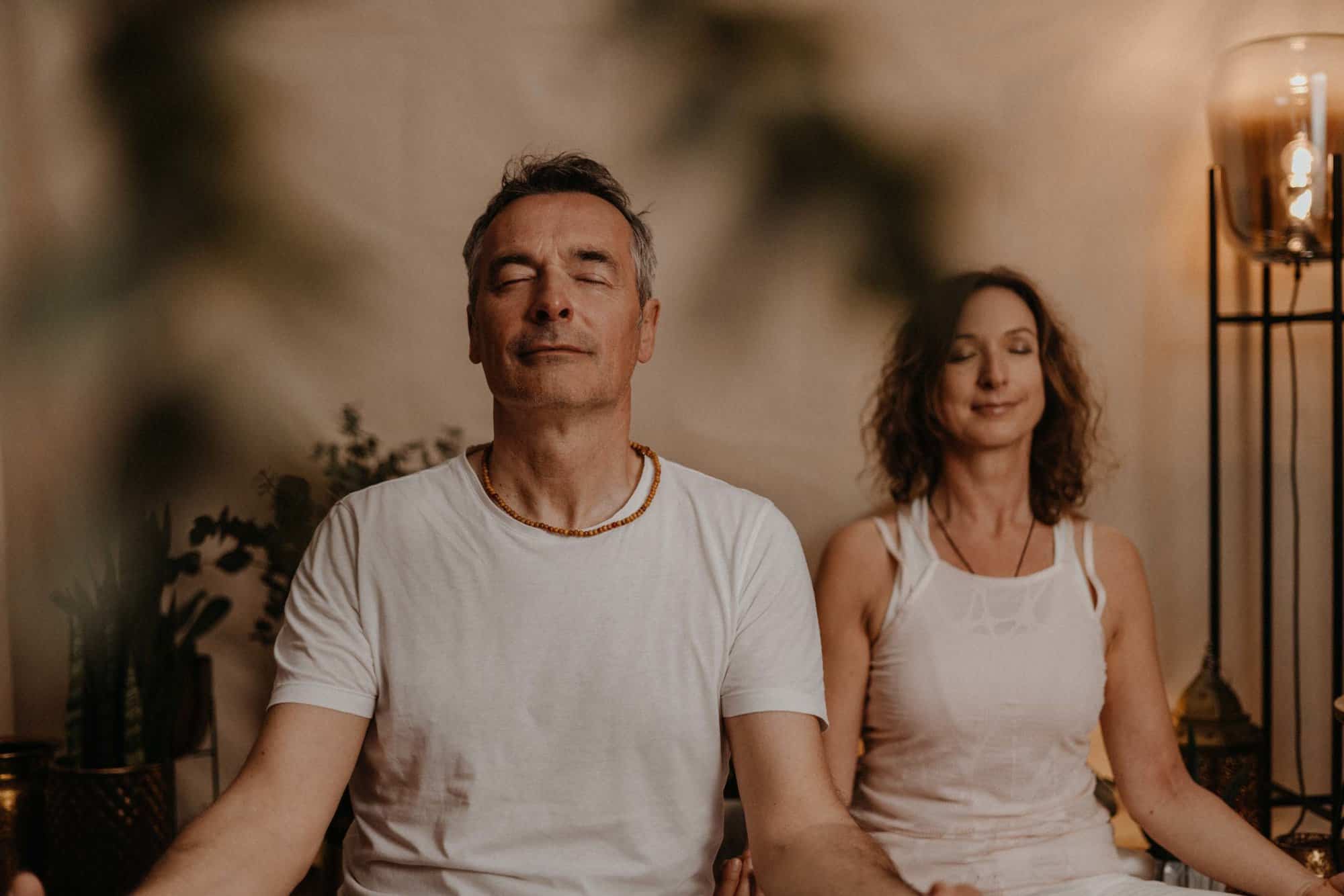When the energies in our own home can flow undisturbed, we live in peace and balance. This principle is utilised by Vastu Shastra, the Indian architectural doctrine. If you plan your home according to its special principles, you will find more balance and inner peace. Here we tell you how Vastu Shastra works and what you can do to make your own four walls more harmonious.
What is Vastu Shastra?
Vastu Shastra is a combination of the Sanskrit words for living (Vastu) and teaching (Shastra) and is an Indian architectural doctrine. Literally, it means the doctrine of proper living. It was already mentioned in the Vedic scriptures and is several thousand years old. The teaching is often seen as the Indian counterpart to Chinese Feng Shui.
How does Vastu work?

Vastu states that all life on earth is influenced by energies that can be both positive and negative.
Different factors, such as the five elements, the cardinal directions, the planets, the sun and the moon affect us and bring balance or disharmony.
A peaceful life therefore means living in harmony with the cosmic forces and ensuring that the energies in the house can harmonise well.
Houses and properties should therefore be aligned so that the energy flows can always flow well.
Only then can the people living in it live in harmony and balance. For this, the land and building structures are very important.
If a house is planned according to these special principles, it should bring prosperity, health, happiness and peace.
There are even many buildings around the world built according to Vastu principles, the most famous being the Taj Mahal!
Vastu and Feng-Shui: The Differences
The Indian teaching is often associated with Feng Shui. Although Vastu is actually much older , there are actually many similarities. In both Indian Vastu and Chinese Feng Shui, energy flows play a role in interior design. Moreover, both teachings refer to the five elements, even if they are each defined slightly differently.
Nevertheless, the two teachings differ from each other in their principles. Vastu tends to focus on architecture, while feng shui mostly concentrates on interior design and creates balance through the placement of certain objects. In concrete terms, this means that while there are many similarities in the two principles, there are also some differences. Therefore, the two teachings should not be equated.
Vastu architecture: The most important Vastu rules
But how does the Indian teaching of architecture work? Well, in order to be able to optimally align a house or a room, Vastu takes various factors into account, namely:
- The five elements
- The eight cardinal points
- The course of the sun and moon
- The influence of the nine planets
- Geological and climatic influences
- The Earth's magnetic field
- The energy grids of the earth
- The influence of non-material entities
According to the Vastu Shastra, until noon the sun emits mainly stimulating energy, which mainly hits the northeast, east and southeast. From noon, however, the sun has a calming effect and then hits the southwest, west and northwest. Each cardinal direction is also associated with a particular element.
All these influences can have both positive and negative effects. Vastu Shastra means using the positive influences and inhibiting the negative ones. If all these principles are taken into account in the architecture, the energies can flow freely and the finished house is in harmony with the cosmos.
The Ideal Vastu House: Floor Plan
But what does such a house look like? According to Indian principles, the optimal building site is on a slope that rises to the west and south and slopes slightly to the northeast. Ideally, the floor plan of a Vastu house should also be square or rectangular.
Positive energy currents come from the northeast through the morning sun. They have a purifying and beneficial effect and should therefore definitely find their way into the house. Therefore, it is good to place doors, windows, verandas and balconies in the north and east of the house, if possible. However, there should be no obstacles in this direction so that the positive force can really enter the house. In the south and west, on the other hand, it is good to plant trees. They not only provide a good climate, but also protect against negative vibrations.
As far as room layout is concerned, according to Vastu there is a certain arrangement that uses particularly positive flows and thus brings balance into one's home. In concrete terms, a floor plan according to Vastu looks like this:
|
NORTH WEST
Element: Air Strengthening colour: dark green Ideal for movement and exchange, for guest room, office, waiting room, toilet, storage of light goods |
NORTH
Element: Air, Water Strengthening colour: white There is an invigorating quality here, perfect for the study, bedroom, balcony, terrace, safe |
NORTH EAST
Element: Water, Ether Strengthening colour: violet The purifying energy gate, optimal as a meditation and study room, conference room, entrance, bathroom. |
|
WEST
Element: Earth, Water Strengthening colour: Indigo Brings harmony, suitable for children's room, dining room, bedroom |
CENTRE
Element: Ether Strengthening colour: Rainbow The resting pole should be as open as possible, for example as an inner courtyard, atrium or atrium, possibly also as a living room. |
EAST
Element: Fire, Ether Strengthening colour: yellow Opening, good as entrance or foyer, also for balcony, dining room or meditation room |
|
SOUTH WEST
Element: Earth Strengthening colour: blue Heavy, used energy, good as master bedroom, storage room or office |
SOUTH
Element: Fire Strengthening colour: black Hot, heavy energy, good as bedroom, living room and storage of heavy goods |
SOUTHEAST
Element: Fire Strengthening colour: orange Brings joie de vivre and enjoyment, perfect for kitchen, heating, fireplace or electrical appliances |
Vastu in the bedroom
The bedroom is the place in the home that is supposed to bring us rest and well-being. If you have sleeping problems, it could be that the bedroom is in the wrong place and the energies cannot flow properly. Ideally, the bedroom should be located in the south-west of the flat. There, the heavy energies ensure a particularly deep and restful sleep.
The bedroom furnishings

The southwest is also the best place for positioning the bed. Under no circumstances should it be placed in the middle of the room, because otherwise the valuable energies are inhibited in their flow.
Other life forms such as plants or fish are also rather disturbing in the bedroom. This means: aquariums are better relocated to another room, preferably to the north-eastern part of the living room, because that is where they are supposed to bring wealth and success.
You should ban electrical devices from the bedroom, because they also disturb positive vibrations. If there is no other way, then the devices should at least be as far away from the bed as possible. By the way, green and blue tones are beneficial colours for a restful night's sleep. Brown or grey also have a soothing effect. Red, on the other hand, as long as it is not too bright, creates more passion.
The right Vastu sleep direction: In which direction to sleep?
Our sleeping direction is particularly important for our well-being. Especially if the bedroom is in an unfavourable position, this can be compensated for a little with the right sleeping direction. According to architectural theory, this has a considerable influence on how energy can flow favourably.
The ideal sleeping direction is therefore with the head facing south. This brings balance and wealth. However, if the head is facing west, this is also beneficial and can bring prestige and fulfilment. A sleeping position with the head facing east, on the other hand, stands for spiritual progress and mental balance. Only a head position facing north is very unfavourable. Heavy thoughts and dreams can arise and the quality of sleep can suffer.
Vastu in the living room
The living room is a place for gathering and socialising. It's a place where people like to spend time with family or guests. Therefore, hang many happy family pictures in the living room to strengthen the relationships with the individual family members. Photos or paintings depicting violence, tears or negativity are taboo. Especially in the East, however, you can hang paintings or photos of a sunrise. The television should ideally be in the south-east of the living room.
Our tip: An indoor fountain in the north corresponds to the Vastu principles and has a calming effect.
Settling in with Vastu: a few tips
If you already live in a house that is not ideally aligned architecturally, you usually have few options to change much. Therefore, we give you a few final tips to support the energies in your home a little and to make your living situation more harmonious.
- Heavy furniture should be placed mainly in the south and southwest of a room.
- The centre of the room should never be cluttered, but should remain as free as possible so that the energy of the room can flow undisturbed.
- Valuables, money or bank statements are best placed in the north of the flat, because this direction stands for wealth and prosperity. South, northwest or northeast, on the other hand, are taboo.
- A desk should preferably be positioned so that the person sitting at it is facing east. This is the best way to support concentration.
Whoever aligns their home according to Vastu Shastra thus brings more harmony and peace into their own four walls. But even if nothing more can be done with the architecture, a lot can be achieved with a few simple measures such as the right sleeping position or changing the positioning of the furniture . Try it out and make sure that the energies in your home can flow undisturbed again!
Have you already decorated your home with Vastu? Write us a comment at the bottom of the page!





